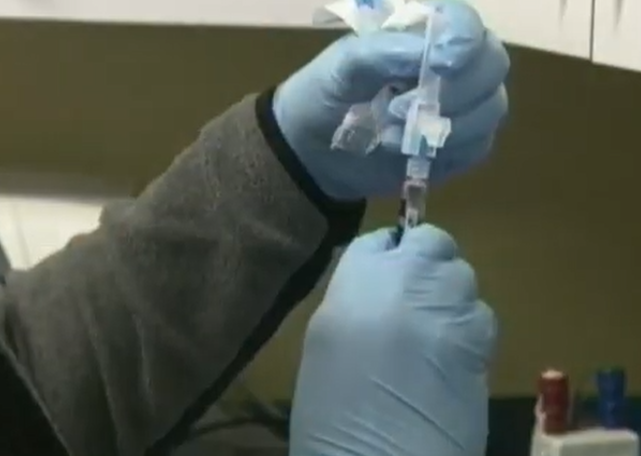A couple interesting things from this report, the captured government regulators are gifting our tax money to the pharmaceutical companies again. And it’s to bail them out as flu shot adoption has dropped from 50% to 36%. That gives a clue to how many people have woken up to the white coats and their pharmaceutical products being dangerous, while also showing what percentage of the population still lays down their reason to accept whatever the megacorp propaganda mills and their prostitute experts peddle.
The officials assert the measure will help prevent the mutation of a new strain. However, a look at declining flu shot rates suggest another motivation.
By Leslie Eastman

The last time we checked on the status of Highly Pathogenic Avian Influenza (i.e., “bird flu), Colorado had reported its 10th human case, mainly among poultry workers. Currently, the symptoms in humans are chiefly pink eye and mild fevers.
However, bird flu is clearly in the lead for the 2024 election season pandemic. Now, it is being reported that the government is going to push the seasonal flu vaccine on farm workers.
The reason for this move? Officials argue that a new strain of super-flu that could potentially arise.
The US Centers for Disease Control and Prevention announced Tuesday a $5 million initiative to offer seasonal flu vaccines to livestock workers in order to reduce the public health concern that a new version of the influenza virus could emerge among farm workers who are at a higher risk of catching the bird flu (H5N1) virus, which has been circulating in millions of farmed and wild animals.
The goal of the initiative is to protect the health and safety of livestock workers as seasonal respiratory viruses begin to circulate, Dr. Nirav Shah, principal deputy director of the CDC, said Tuesday.
“Preventing seasonal influenza in these workers, many of whom are also potentially exposed to H5N1 viruses, may also reduce the risk of new versions of the influenza A virus emerging,” he said.
If two different strains of influenza infect a person, there is always a risk they could mix together and create a completely new virus with traits from each one. A new virus could be harmless, but there is also a chance that it could be even more contagious, deadly or resistant to existing treatments.
I will suggest there may be another motivation: Flu vaccines are not as popular as they once were.
Influenza immunization rates have declined from their ~50% peak amongst the U.S. population during the 2020/21 season to 36% during the 2023/24 influenza season. This has been seen across all age groups and demographics. Vaccinations have been shown to reduce flu-related medical visits and hospitalizations and serious consequences.
I wonder what could have happened post 2020/2021 that would have made getting vaccines less appealing?
Officials will persist on this game plan. At least they are not over-selling the shot..at the moment.
While the seasonal flu shot offers no cross-protection against bird flu, Shah said the vaccination boosts the body’s immune system, fighting off the seasonal flu virus before the virus can take hold.
“Therefore we can at least reduce the chance of this co-infection from happening,” Shah said. “It doesn’t eliminate it, but it does reduce it. And in public health, that’s the name of the game.”
CDC officials have not seen evidence that the bird flu virus has changed to produce a more severe disease, nor have they seen any person-to-person transmission, warranting the use of a H5N1 vaccine.
“When we think about the right tool for this moment, the seasonal vaccine has all of the benefits we’re looking for,” Shah said.
As with all other medical decisions, everyone should gather available information and assess their own risks and needs. Hopefully, this won’t morph into a mandate.